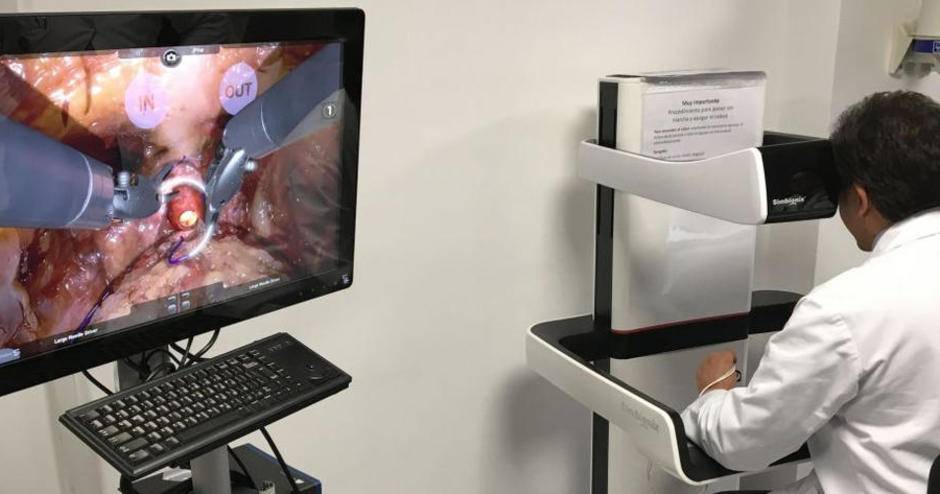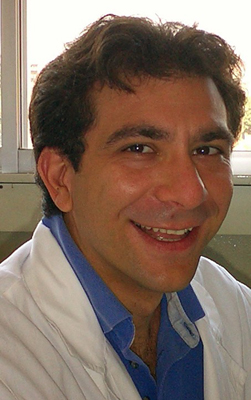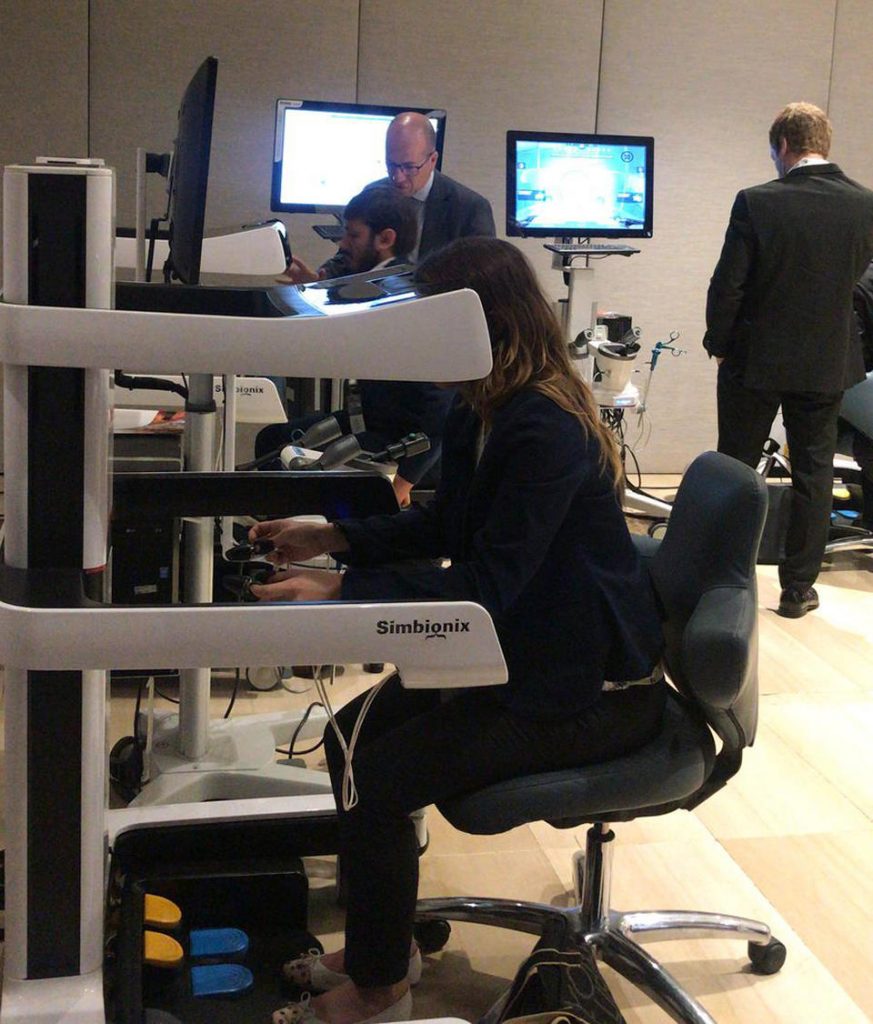Medical professionals, patients, and families around the world continue to benefit as technology such as 3D printing, robotics, and virtual reality and simulation pick up steam in real life applications. 3D Systems, based in Rock Hill, SC, is a pioneer in such technology and continues to be a leader, famed for their commercial 3D printers and related services. That’s certainly not all they offer though, and now, their virtual simulation products are making a substantial impact in robotics for surgical residents studying in the fields of nephrology, urology, and andrology.
Associated with the Faculty of Medicine of the Autonomous University of Barcelona, the Fundacio Puigvert is a tremendous resource, serving as a medical institution that offers personalized care for patients, along with offering three different training programs:
- University programs (undergraduate)
- Specialization programs (postgraduate and residency training)
- Specialized physician training courses
Recently, Dr. Francesco Sanguedolce (on staff at Department of Urology at the Fundacio Puigvert) wrote ‘Simulation in Urology, Is Virtual Reality the New Frontier?’ His paper served as the impetus for embracing simulation in robotics for training residents, as the Fundacio Puigvert worked with 3D Systems to make their new program a reality—realizing the need for improvement as studies showed that a staggering number of students were not able to perform complex medical procedures by the end of their residencies!
“In this process, one of the most crucial issues is the type of simulation to be included in the curriculum, considering the speed of the learning curve significantly depends on it,” said Dr. Sanguedolce.
The virtual simulation lab is available to students in the residency or postgraduate phases, and consists of the following platforms for both basic and advanced learning:
- Endourological
- Laparoscopic
- Robotic
The lab is led by Professor J. Palou, along with Dr. Sanguedolce, Dr. Emiliani and Dr. Gaya, assigned to work with trainees upon the purchase of 3D Systems’ Simbionix URO Mentor, LAP Mentor and RobotiX Mentor simulators.
Dr. Sanguedolce has noted many different benefits in using the simulators, to include the use of realistic console, 3D visualization, and free-moving joysticks, as well as that it is available in a standalone unit which means that students do not need to have an operating room scheduled for training time.
The new programs also offer improved skills sets and procedural modules:
“We wanted our simulation lab to provide simulation training for a wide variety of purposes. The RobotiX Mentor’s wide variety of modules, tasks and cases provide both basic and advanced training,” explained Sanguedolce, adding that he also appreciates how procedures are available as step-by-step tasks, allowing for better retention by the residents.
Performance is also measured in varying proficiency levels set by the mentors, who can then allow them to go to the next program level.
“The importance of standardizing training curricula is reflected by the growing need of urological residents to receive adequate exposure during training for them to safely operate once they are qualified,” said Dr. Sanguedolce. “The RobotiX Mentor plays an important role in the successful training of our surgical residents. Its wide variety of simulation modules allow for the progressive acquisition of skills, confidence and proficiency needed to perform in the operating room. The fact that we can both quantify and qualify different aspects of their training allows us to better assess whether or not they are ready to perform robotic surgery.”
Source: 3dprint




